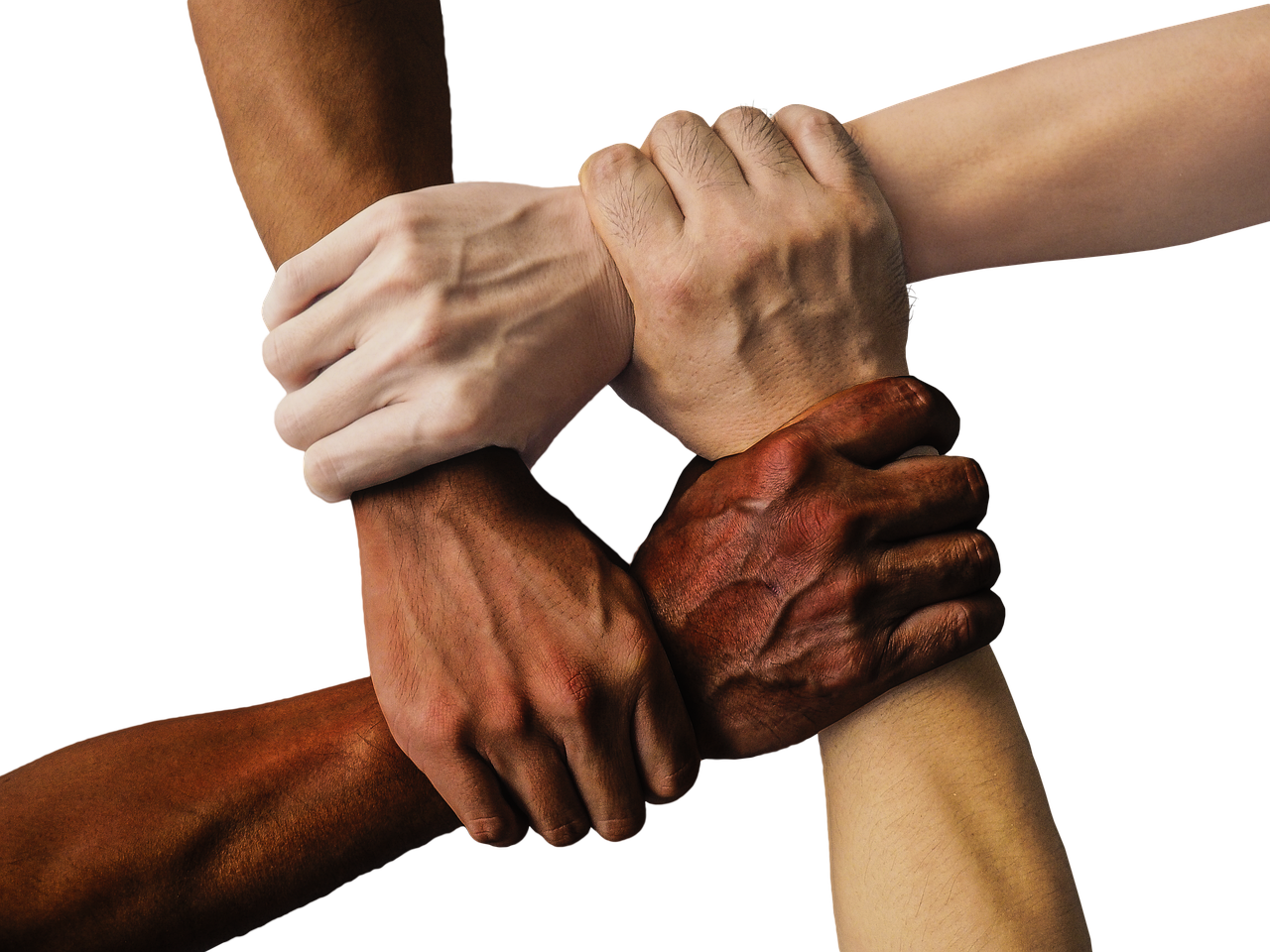- America’s Forgotten Terror Attacks - April 10, 2025
- The Hidden Link Between Real Estate and Organized Crime in the U.S. - April 10, 2025
- Organized Crime in the U.S. Postal System: An Unlikely Criminal Pipeline - April 10, 2025
Definition of Crimes of Passion

Crimes of passion are violent acts committed in the heat of the moment, driven by intense emotions like love, jealousy, or betrayal. This phenomenon often occurs within intimate relationships, where emotions can run high and cloud judgment. According to the FBI, crimes of passion are a significant cause of homicide, with a large portion of domestic violence incidents falling into this category. The term encapsulates acts where emotions overpower reason, leading to tragic outcomes. In many cases, these crimes involve a partner feeling wronged or threatened, resulting in impulsive, violent actions. Understanding the nature of these crimes is crucial for developing effective prevention and intervention strategies.
Historical Context
Throughout history, crimes of passion have been both romanticized and vilified. In literature and film, they are often portrayed as dramatic tales of love gone wrong. Historically, many legal systems recognized a “crime of passion” defense, which could lead to reduced sentences due to the perceived temporary emotional turmoil. For instance, in the 19th century, the stories of figures like the “Black Widow” influenced societal views on love and betrayal. These cases often resulted in lighter sentences based on the idea that intense emotions could mitigate culpability. The historical context shows how societal perceptions of love and justice have evolved over time.
Psychological Factors

Psychological studies reveal that individuals who commit crimes of passion often possess certain traits that predispose them to violence. Traits such as possessiveness, low self-esteem, and an inability to manage emotions are common among perpetrators. A study published in the Journal of Interpersonal Violence found jealousy to be a significant predictor of violent behavior in relationships. Understanding these psychological factors is essential for developing prevention strategies, as it allows for the identification and support of at-risk individuals. These insights can guide interventions that aim to address underlying emotional issues before they culminate in violence.
Statistics on Crimes of Passion
Recent statistics paint a concerning picture of crimes of passion in modern society. According to the Bureau of Justice Statistics, approximately 1 in 3 women and 1 in 4 men have experienced physical violence at the hands of an intimate partner. The National Domestic Violence Hotline reports that nearly 20 people per minute are physically abused by an intimate partner in the United States. These numbers highlight the prevalence of such crimes and the urgent need for effective intervention measures. The data serves as a stark reminder of the ongoing challenge posed by crimes of passion in our communities.
Famous Cases of Crimes of Passion

Several high-profile cases have brought crimes of passion to the forefront of public consciousness. The murder of actress Rebecca Schaeffer in 1989 by an obsessed fan is a notable example. Similarly, the tragic case of O.J. Simpson and Nicole Brown Simpson continues to captivate public attention, illustrating the complexities of love and violence, especially within celebrity culture. These cases often capture media headlines due to their dramatic and sensational nature, highlighting the destructive potential of unchecked emotions. They serve as cautionary tales, reminding society of the dire consequences that can arise from passionate, uncontrolled impulses.
The Role of Media in Shaping Perceptions

The media plays a significant role in shaping public perceptions of crimes of passion. Crime dramas and documentaries often sensationalize these events, creating a distorted view of reality. These portrayals can desensitize audiences to the seriousness of domestic violence, as they often romanticize or trivialize the underlying issues. Research indicates that media depictions can influence societal attitudes, leading to misconceptions about the nature and consequences of these crimes. It’s crucial for media outlets to responsibly portray such incidents, focusing on the impact on victims and the importance of prevention.
Legal Implications and Consequences

The legal consequences of crimes of passion can vary widely, depending on the jurisdiction and circumstances. In some places, defendants may receive lighter sentences if they can demonstrate that their actions were driven by emotional distress. This legal leniency can spark controversial debates about accountability and justice for victims. While some argue that emotions should mitigate punishment, others believe it undermines the severity of the crime. The legal system’s approach to these cases reflects broader societal attitudes towards emotion, culpability, and justice, highlighting the need for balanced and fair legal responses.
Prevention and Intervention Strategies

Preventing crimes of passion requires a comprehensive approach that addresses the root causes of violence. Education on healthy relationships and emotional regulation is essential in fostering a culture of respect and understanding. Organizations like the National Coalition Against Domestic Violence advocate for awareness programs that empower individuals to recognize warning signs and seek help. Community-based initiatives and support networks can provide resources and guidance for those at risk. Effective prevention and intervention strategies involve collaboration between educational institutions, law enforcement, and social services to create a supportive environment for individuals and families.
Support Systems for Victims

Support systems are crucial for helping victims of domestic violence navigate their challenging situations. Hotlines, shelters, and counseling services provide essential resources for those in abusive relationships. The National Domestic Violence Hotline offers 24/7 support, assisting individuals in exploring their options and finding safety. These services play a vital role in empowering victims to break free from cycles of abuse and rebuild their lives. Access to support systems can make a significant difference in the lives of those affected by crimes of passion, offering hope and a path to healing.
Conclusion: The Ongoing Challenge

Crimes of passion present a complex and ongoing challenge for society. Understanding the underlying causes, recognizing the signs of unhealthy relationships, and providing adequate support for victims are essential steps in addressing this pervasive problem. As awareness grows, it is crucial to foster conversations about love, jealousy, and the potential for violence in intimate relationships. By promoting education, prevention, and support, society can work towards reducing the incidence and impact of crimes of passion, creating safer communities for all.




